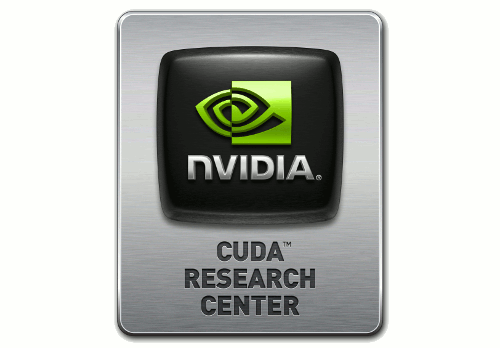Granular systems often exhibit self-organized flows. These flows are a result of microscopic particle-particle and particle-wall interactions for which we build macroscopic models, utilizing numerical particle simulations and quantitative experiments. Self-organized flows are related to the dynamics of excited granular media, in fact they are one of its major properties. One example is convective motion which leads to mixing and segregation. Understanding this behavior is important for a range of industrial applications in construction, mining, agriculture and pharmaceutics.
Particulate systems can also show self-organized structure formation where one example is the drying process of wet granular matter. Until now the exact mechanisms that lead to self organized structures and flows in granular media can only be explained for a small range of systems.




